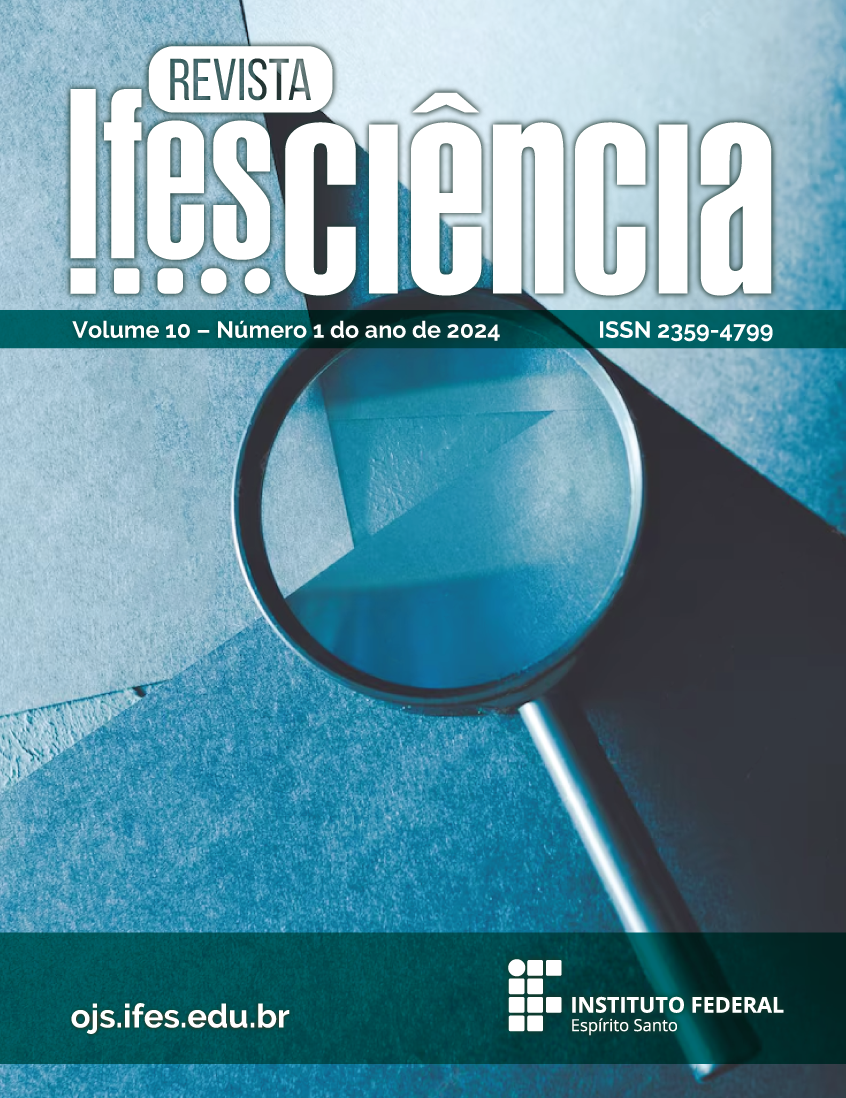PROVING SOCIAL VULNERABILITY THROUGH MICROBIOLOGY
DOI:
https://doi.org/10.36524/ric.v10i1.2207Keywords:
surfaces, homeless people, lactose broth, fecal coliforms, sanitary conditionsAbstract
This study aimed to analyze the surfaces where homeless individuals in the metropolis of São Paulo live, emphasizing the significant magnitude of this population and the gap that exists regarding public policies for social support. The health problems faced by these citizens, resulting from inaccessibility to health services, were highlighted. In this context, the issue of contamination of public spaces, where pathogenic agents are found, deserves special attention. The study in question consisted of identifying the presence of fecal coliforms on surfaces frequently contacted by these people, addressing the condition of these individuals. The study methodology details the sample collection process and the use of lactose broth. The results obtained and their discussion presented the analyzed surfaces and the presumptive tests indicated the presence or absence of fecal coliforms as a result of the fermentation of the lactose broth. Samples from sidewalks and fountains showed positive results, while showers and pillows gave negative results. In short, the article discusses possible sources of contamination, the importance of regular cleaning of surfaces and the need for adequate and clean spaces for these people. It was noted that there was a lack of sufficient legislation that establishes the cleaning of public spaces as a measure to prevent contamination, as well as the provision of housing for homeless individuals. This comparative approach highlighted existing disparities and highlighted the urgency of public measures aimed at promoting more dignified living conditions for this part of society.
Downloads
Published
Issue
Section
License
Copyright (c) 2024 Revista Ifes Ciência

This work is licensed under a Creative Commons Attribution-NonCommercial-NoDerivatives 4.0 International License.
Autores que publicam nesta revista concordam com os seguintes termos:
- Autores mantém os direitos autorais e concedem à revista o direito de primeira publicação, com o trabalho simultaneamente licenciado sob a Licença Creative Commons Attribution que permite o compartilhamento do trabalho com reconhecimento da autoria e publicação inicial nesta revista.
b. Autores têm permissão e são estimulados a publicar e distribuir seu trabalho online (ex.: em repositórios institucionais ou na sua página pessoal) a qualquer ponto antes ou durante o processo editorial, já que isso pode gerar alterações produtivas, bem como aumentar o impacto e a citação do trabalho publicado (Veja O Efeito do Acesso Livre).



